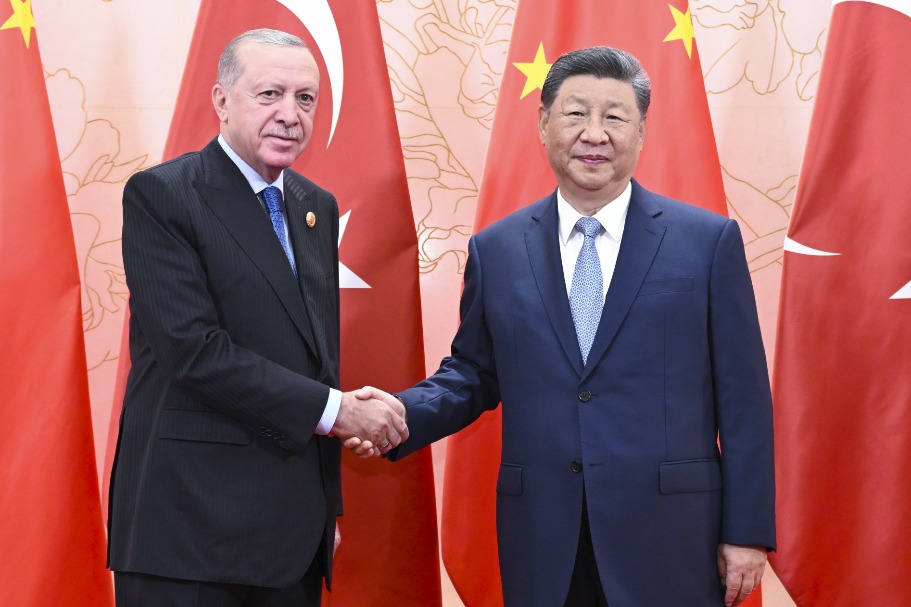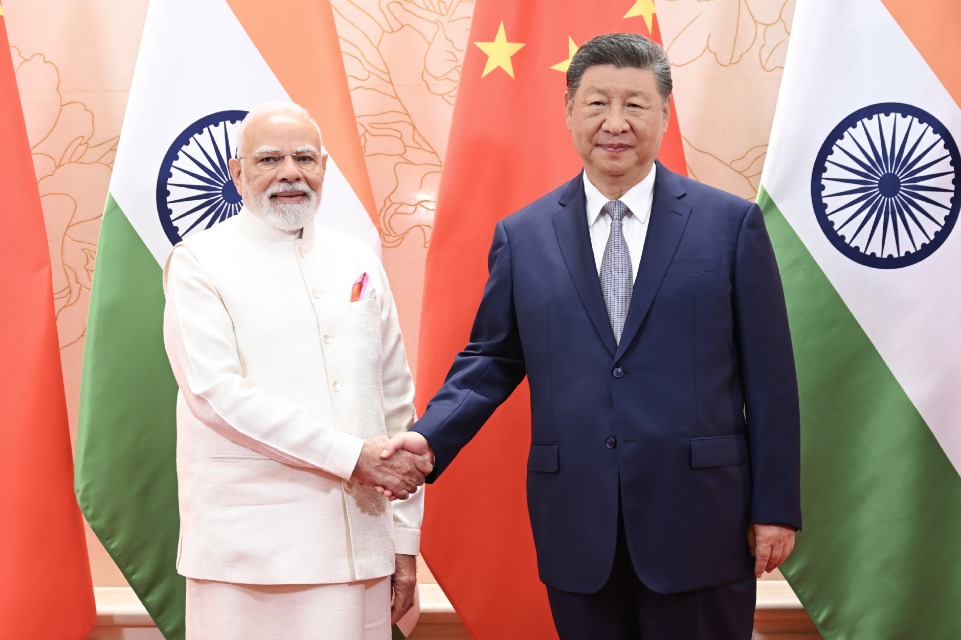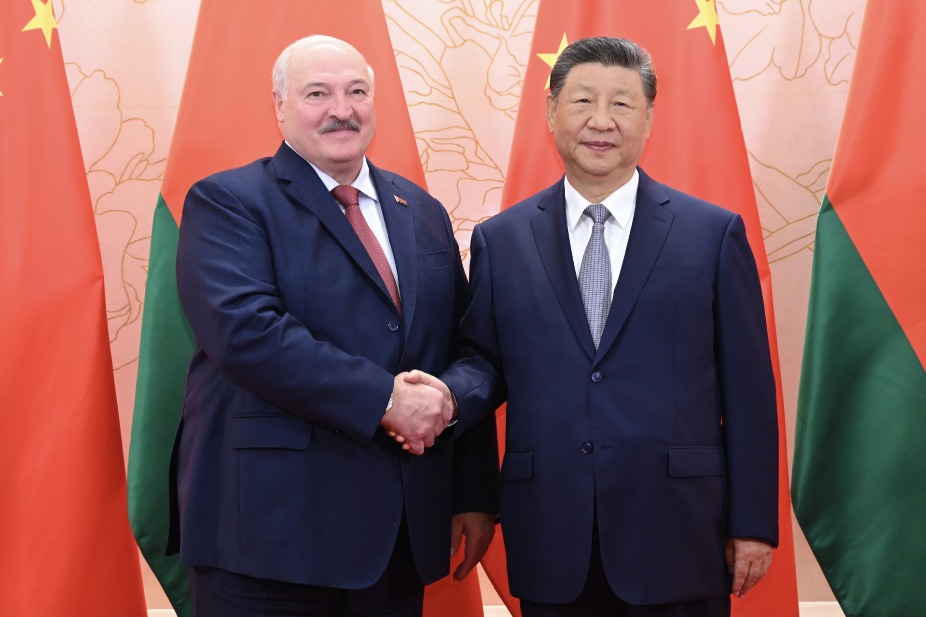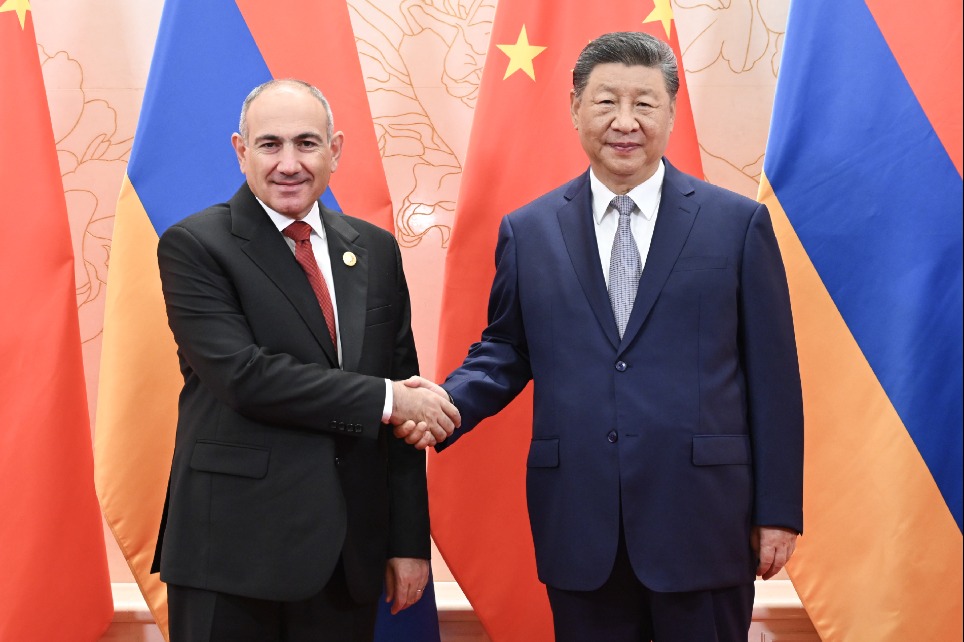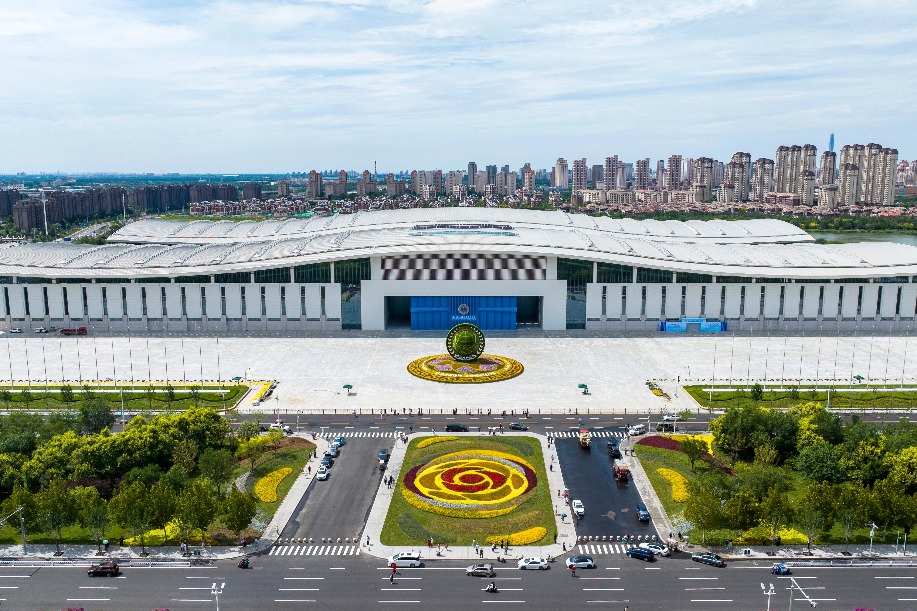Latest advance energizes nuclear fusion efforts
By Zhang Zhouxiang | China Daily | Updated: 2024-06-17 07:36

Scientists at China's large-scale tokamak facility for controlled nuclear fusion, Huanliu-3, have made a significant breakthrough with the development of an advanced magnetic field structure, according to the China National Nuclear Corporation.
The magnetic field structure marks an important advance in the operational capabilities of magnetic confinement nuclear fusion devices. It requires a temperature of 100 million degrees Centigrade or higher to realize nuclear fusion, at which temperature the materials have all become plasma and all known physical containers melt. So only a strong magnetic field can be used to contain the plasma. The HL-3 tokamak is currently the nation's largest facility with the highest design parameters.
The magnetic field structure achieved a successful high-confinement operation under a plasma current of 1 million amperes last August. Now, 10 months after that milestone, the research teams at China Huanliu-3 have made further achievements in the same technological direction, which not only pushes China's technology further ahead, but also means progress for the whole of humankind considering that the team signed an agreement with the International Thermonuclear Experimental Reactor based in Cadarache, France in December 2023, opening the facility to the whole world and inviting global experts to cooperate for a joint solution to the world's energy problem.
In a fusion process, two or more atomic nuclei combine to form fewer heavier ones, while releasing energy. Fusion reactors generally use heavy hydrogen isotopes such as deuterium. Thanks to the high coefficient, it would need only a few hundred kilograms of deuterium to generate enough power for the whole of mankind's use. The Earth has so rich a deuterium reserve that it can only be shown in scientific notation.
As early as the 1950s when mankind's first H-bomb exploded, there were predictions that it would take 50 years for nuclear fusion, which is the main reaction in the H-bomb explosion process, to be controllable for civilian use providing an ultimate solution to mankind's need for energy.
Now, more than 70 years have passed and some scientists predict it might need to take another 50 years, which is the famous"50-year dilemma" in the nuclear power sector.
With the incessant efforts of Chinese scientists and their cooperation with global counterparts, the dilemma will hopefully be realized well before that 50-year deadline.





